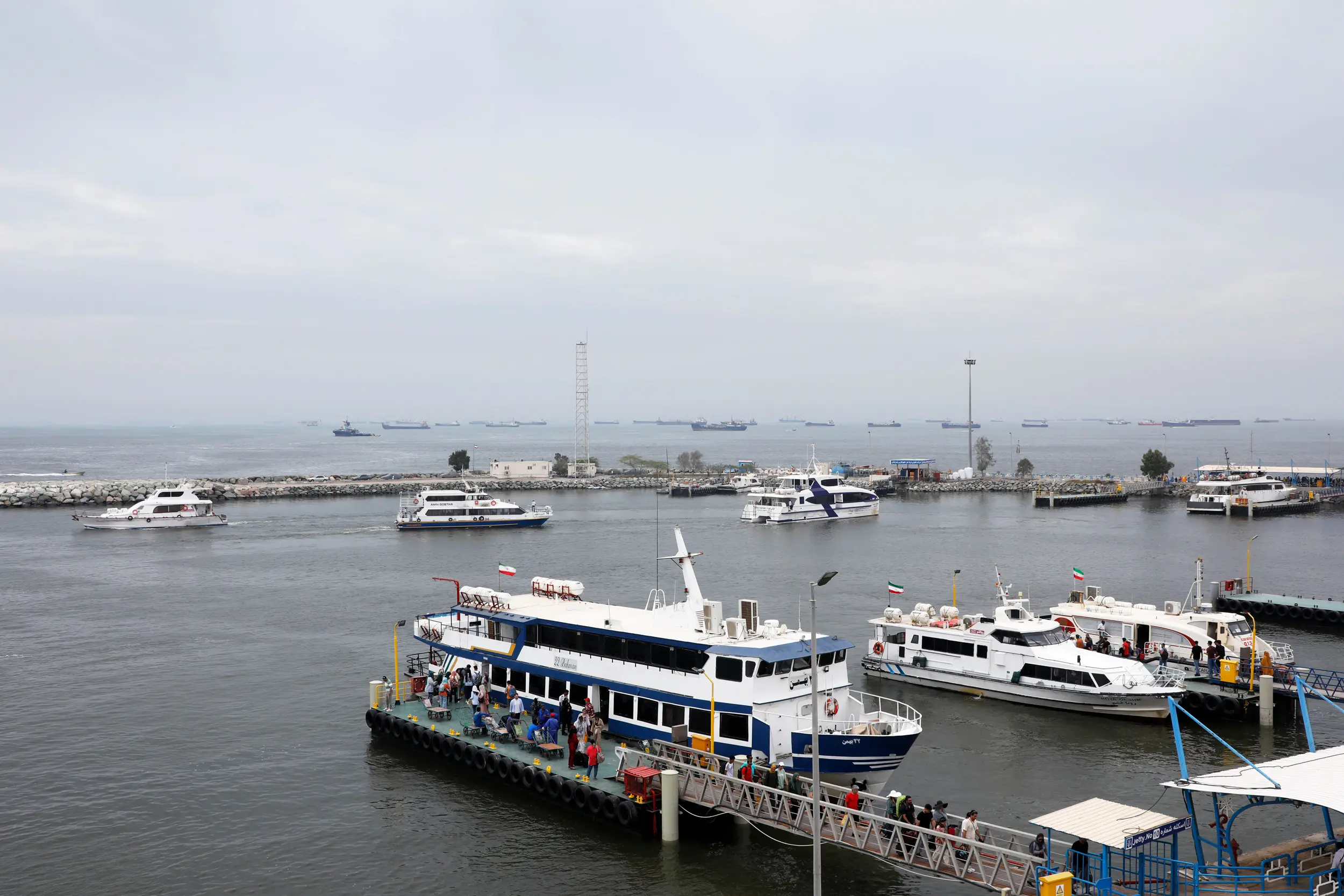Provaris Energy Advances Hydrogen Shipping for EU's Renewable Energy Directive II Compliance
Key Ideas
- Provaris Energy's bulk hydrogen shipping concept, utilizing the H2Neo carrier, shows promising results in meeting the stringent emissions standards of Europe's RED II.
- The estimated emission levels for the 1,600 nautical mile roundtrip between Norway and Germany are significantly below the threshold set by RED II, showcasing a commitment to reducing greenhouse gas emissions.
- Collaboration with Wärtsilä on alternative propulsion plant configurations, including the integration of hydrogen fuel cells, demonstrates a proactive approach towards achieving maximum efficiency and flexibility for future technologies.
- Per Roed, Provaris' Chief Technical Officer, emphasizes the efficiency and adaptability of the hybrid electric propulsion system developed with Wärtsilä to incorporate alternative fuels and cutting-edge technologies.
Provaris Energy has unveiled preliminary findings regarding its bulk hydrogen shipping concept's adherence to Europe’s Renewable Energy Directive II (RED II) emissions standards. RED II, enacted in December 2018, aims to boost the use of renewable energy sources and decrease greenhouse gas emissions in the European Union. A pivotal aspect of RED II is the requirement for biofuels, bioliquids, and biomass fuels to have lower lifecycle greenhouse gas emissions compared to fossil fuel alternatives. Specifically for hydrogen, the emission threshold stands at 28.2 grams of CO2 equivalent per megajoule (g CO2e/MJ) of hydrogen. Provaris, in collaboration with Wärtsilä, conducted analyses on fuel consumption and carbon emissions for its hydrogen shipping route between Norway and Germany. The preliminary estimates indicate emission levels of 7.6 g CO2e/ MJ H2 at a typical sailing speed of 13 knots for the roundtrip. These low emissions were achieved through a hybrid electric propulsion plant featuring modern 4-stroke LNG Dual Fuel generating sets. Additionally, a future scenario including a 3,000kW hydrogen fuel cell integration was modeled, showcasing the potential for further emission reductions of 20 to 30%. Provaris' Chief Technical Officer, Per Roed, highlighted the developed propulsion system's efficiency and adaptability, ensuring the incorporation of alternative fuels and advanced technologies like fuel cells in the future, aligning with the company's commitment to environmentally friendly practices.
